
Starting June 1st, 2023 Our warehouse fee will be $0.65/cubic foot per month
In effort to lower the warehouse storage fee during inflation, we have went narrow aisle racking.This construction took us four months but the project is finally completed. With narrow aisle racking, we are able to drop storage by 24%.We as partners will go through this inflation together.
07/23/2024
In today's business world, managing and processing return requests is a crucial part of ensuring customer satisfaction. The RMA (Return Merchandise Authorization) number plays a pivotal role in this process. Considered an essential tool for controlling and tracking returned products, the RMA number not only optimizes the return process but also ensures transparency and efficiency in customer service. In this article of Worldcraft Logistics, we will delve into defining the RMA number and how to effectively implement it to enhance service quality and maintain brand reputation.
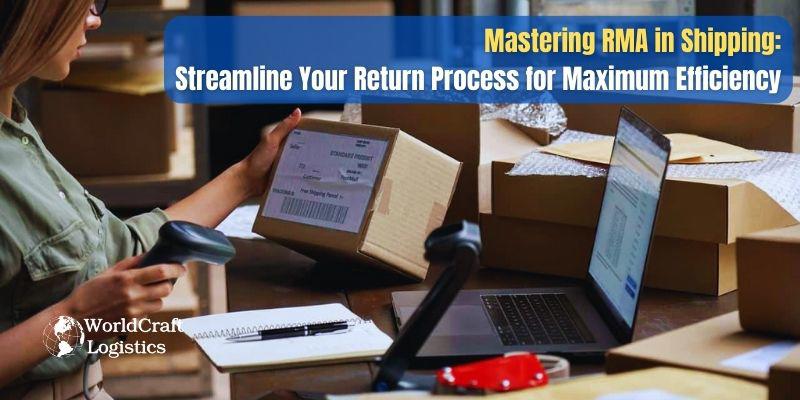
RMA meaning a Return Merchandise Authorization is a numbered authorization provided by a mail-order or e-commerce merchant to facilitate the return of a product.
The majority of companies have precise return guidelines. Certain companies only accept returns for defective products; others, like software sellers, only accept returns provided the products are unopened.
The customer may receive a refund or shop credit, depending on the merchant's return procedures. A product may not be accepted back at all if its return window or warranty has passed.
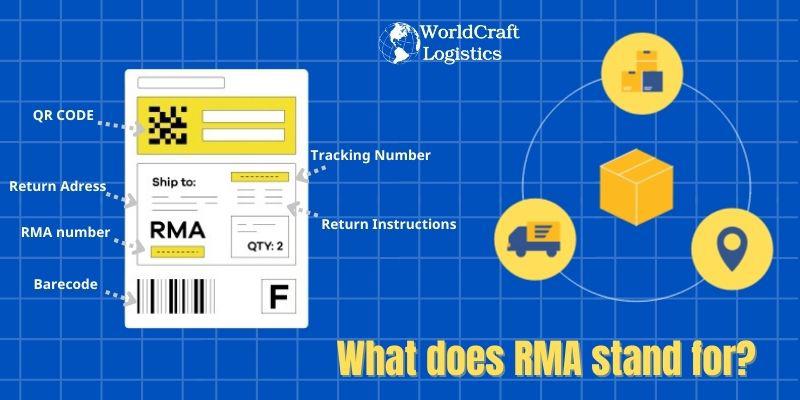
Related post you can read: 👉 What is an EORI Number and its significance in international trade
Using an RMA (Return Merchandise Authorization) number in shipping offers numerous benefits that streamline the return process and enhance customer satisfaction. Here are some of the key advantages, supported by relevant testimonial examples:
An RMA number provides a unique identifier for each return, allowing both the merchant and the customer to track the status of the return throughout the process.
Testimonial Example: "Since implementing RMA numbers, our team has been able to track returns with ease, leading to faster resolutions and happier customers." - John D., Operations Manager at TechGear
The use of RMA numbers helps standardize the return procedure, making it quicker and more efficient for both the merchant and the customer service team.
Testimonial Example: "Our return process used to be chaotic, but with RMA numbers, we've streamlined operations and significantly reduced processing times." - Sarah K., Customer Service Lead at FashionNova
Customers can easily reference their RMA number when inquiring about their return, improving communication and reducing misunderstandings.
Testimonial Example: "Our customer support calls have become much more efficient. Customers provide their RMA number, and we can instantly access their return details." - Mike L., Support Specialist at HomeEssentials
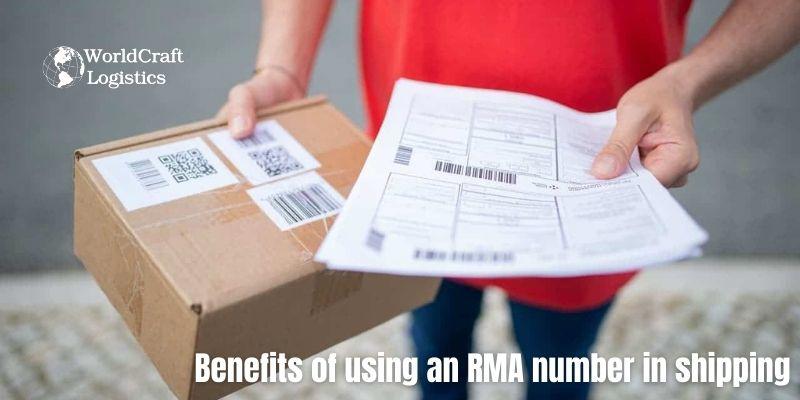
RMA numbers help keep track of returned items, which aids in inventory management and ensures accurate stock levels.
Testimonial Example: "Using RMA numbers has allowed us to keep better track of returned items, ensuring our inventory is always up-to-date." - Emily R., Inventory Manager at GadgetWorld
By issuing RMA numbers, businesses can enforce clear return policies, ensuring that only eligible items are returned, thus reducing fraud and abuse.
Testimonial Example: "Issuing RMA numbers has helped us enforce our return policies more effectively, reducing the number of ineligible returns." - Karen S., Quality Assurance at HealthPlus
A smooth and transparent return process leads to higher customer satisfaction and loyalty.
Testimonial Example: "Our customers appreciate the transparency and efficiency of our return process since we started using RMA numbers. It's been a game-changer for our brand loyalty." - David P., CEO of EcoShop
In conclusion, integrating RMA numbers into the return process not only benefits businesses by enhancing operational efficiency and inventory management but also boosts customer satisfaction by providing a seamless and transparent return experience.
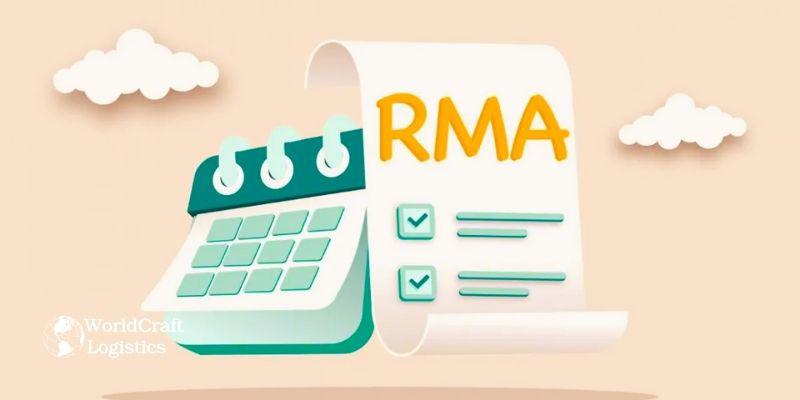
To understand how RMAs work, let’s look at their role within the broader context of a company’s order and returns processes:
Your company first sets its own return policies, rules, and fees (if any). This creates a framework that the RMA system uses to determine whether products are eligible for return. Depending on the technology used, more stringent guidelines can be applied to different product types or customer segments to ensure a high-quality, personalized experience.
Customers initiate returns, ideally through a branded returns portal on your site. This portal should allow them to specify the reason for the return and provide any other necessary details for manual or automated review. Customers should also be able to indicate whether they’re seeking a refund, repair, exchange, or other type of compensation.
If the product meets your company’s specified return criteria, an RMA will be issued. The customer typically receives an RMA number, an RMA form, or both, along with instructions for returning the merchandise.
Depending on your ecommerce software capabilities, customers may be asked to ship the return themselves or drop the item off at a network return location. For example, Narvar’s network includes over 200,000 drop-off locations such as The UPS Store, FedEx Office, Walgreens, and Simon Malls.
Once the package arrives at your warehouse, the information associated with the RMA enables staff to process it efficiently. After confirming that the return shipment is in order, your company can credit the customer’s account, issue a replacement order, or take other follow-up steps.
By following these steps, the RMA process ensures a streamlined and transparent return experience, benefiting both the company and its customers.
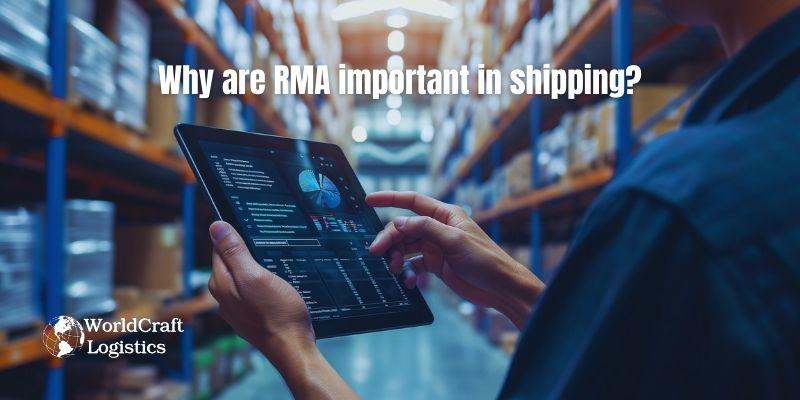
RMA improves inventory control and lowers labor expenses related to handling returns, but it also has a major impact on shipping customer satisfaction. RMA is essential for a number of reasons.
Efficient Returns Process: RMA streamlines returns by establishing a formal procedure for customers to return products. This includes issuing return labels, tracking items, and efficiently processing refunds or replacements.
Customer Satisfaction: A well-managed RMA process boosts customer satisfaction by providing clear instructions for returning goods, thereby reducing confusion and frustration. This fosters repeat business and positive reviews.
Inventory Management: RMA aids in effective inventory management by tracking returned items. This data helps identify trends like common product defects or customer preferences, facilitating better inventory control and forecasting.
Quality Control: Products returned under RMA are typically inspected to determine the reason for return. This feedback loop helps detect quality issues promptly, enabling companies to enhance product reliability.
Compliance and Legal Protection: Adhering to RMA procedures ensures compliance with regulations and safeguards companies legally. It also provides documentation of customer returns, crucial for resolving disputes or warranty claims.
Cost Management: Efficient RMA processing reduces return-related costs such as shipping and handling fees. It also minimizes financial impact by ensuring timely evaluation and appropriate handling of returned products.
In summary, RMA is indispensable in shipping as it enhances operational efficiency, strengthens customer relationships, and supports effective inventory and quality management practices.
Related post you can read: 👉 What is VAT code? How to & related documents to get VAT ID number

The responsibility for paying for RMA shipping costs can vary depending on the company's policy and the specific circumstances of the return. Here are some common scenarios:
Seller Pays: In many cases, especially if the return is due to a defect or error on the part of the seller (such as wrong item shipped or item arriving damaged), the seller typically covers the cost of shipping for the return. This is considered good customer service and helps maintain customer satisfaction.
Buyer Pays: Sometimes, especially for returns that are not due to seller error (such as buyer's remorse or change of mind), the buyer may be responsible for paying the shipping costs associated with the return. This can be outlined in the company's return policy or terms of sale.
Split Responsibility: In certain situations, companies may split the cost of shipping with the buyer, especially if the return is due to reasons that are not clearly the fault of either party, or if it's a matter of exchanging an item for a different size or color.
Free Return Shipping Promotions: Some companies may offer promotions or special policies where they provide free return shipping regardless of the reason for return. This is often used as a competitive advantage to attract customers.
It's important for both the seller and the buyer to understand who is responsible for paying for RMA shipping costs before initiating a return. This information is typically provided in the company's return policy or can be clarified by contacting customer service.
For Example: A customer receives a product that is defective or damaged upon arrival. The seller (company) usually pays for the return shipping in this case as it's their responsibility to replace or refund the defective item.
In conclusion, understanding the intricacies of RMA shipping is crucial for both businesses and consumers alike. Clear policies regarding who bears the responsibility for shipping costs can enhance customer satisfaction, streamline operations, and ultimately contribute to a positive shopping experience. Whether it's ensuring prompt resolution of issues with defective products or facilitating hassle-free exchanges, a well-managed RMA shipping process not only builds trust but also reinforces a company's commitment to customer service excellence. By prioritizing transparency and efficiency in RMA procedures, businesses can effectively navigate returns and exchanges while maintaining strong customer relationships in the competitive marketplace.
SEO
Digital Marketing/SEO Specialist
Simon Mang is an SEO and Digital Marketing expert at Wordcraft Logistics. With many years of experience in the field of digital marketing, he has shaped and built strategies to effectively promote Wordcraft Logistics' online presence. With a deep understanding of the logistics industry, I have shared more than 500 specialized articles on many different topics.

Education
01/05/2025

Education
02/18/2025

Education
01/01/2024

Education
08/28/2024

Education
11/13/2023